The English version of my blog entry can be found below.
Im Rahmen meines Erasmus+-Aufenthalts in Schweden (5.–16. Mai 2025) erhielt ich die Gelegenheit, die Arbeitsweise der Restauratorinnen und Restauratoren der königlichen Restaurierungswerkstätten kennenzulernen.
Schloss Drottningholm: Das besterhaltene königliche Schloss Schwedens aus dem 17. Jahrhundert
– ein typisches Beispiel königlicher Architektur jener Zeit in Europa.
Ein Schwerpunkt unserer Tätigkeit lag auf der vertieften Beschäftigung mit Schellackoberflächen. Nach gezielten Beschädigungen – etwa durch warmes und kaltes Wasser, Ethanol oder Essig, letzterer zur Nachahmung typischer Weinflecken, sowie durch mechanische Einwirkungen wie Verkratzen – stand die fachgerechte Restaurierung der Oberflächen im Fokus.
Dabei lernte ich eine weitere, für mich neue Methode der Schellackpolitur kennen – meine inzwischen dritte Variante dieser traditionellen Technik. Charakteristisch für die schwedische Ausführung ist der Verzicht auf Porenfüller: Im Gegensatz zu den Verfahren in Frankreich und Deutschland erfolgt der gesamte Oberflächenaufbau ausschliesslich mit Schellack.
Im Anschluss daran restaurierte ich einen runden Beistelltisch mit dreibeinigem Metallfuss aus der königlichen Sammlung. Ich besserte Kratzer aus, führte Retuschen durch und trug abschliessend eine neue Schellackpolitur auf.
Ergänzend zur praktischen Arbeit hatten wir die Gelegenheit, zahlreiche Schlösser, Kirchen und Museen zu besichtigen und die Stadt Stockholm in ihrer kulturellen und historischen Vielfalt kennenzulernen.
English Version:
Erasmus+ in Stockholm, Sweden (5–16 May 2025)
As part of my Erasmus+ stay in Sweden (5–16 May 2025), I had the opportunity to become familiar with the working methods of the conservators at the royal restoration workshops.
A key focus of our work was the in-depth treatment of shellac surfaces. After deliberately inflicting damage — for example, using hot and cold water, ethanol, or vinegar (the latter to replicate typical wine stains), as well as through mechanical impacts such as scratching — the professional restoration of the surfaces became the central task.
In the process, I learned yet another method of French polishing – my third approach so far to working with this traditional technique. What is characteristic of the Swedish approach is the complete omission of pore filler: unlike the techniques used in France and Germany, the entire surface build-up is done exclusively with shellac.
Following this, I restored a round side table with a three-legged metal base from the royal collection. I repaired scratches, carried out retouching, and finally applied a new shellac polish.
In addition to the hands-on work, we also had the opportunity to visit numerous castles, churches, and museums, and to experience the cultural and historical richness of the city of Stockholm.
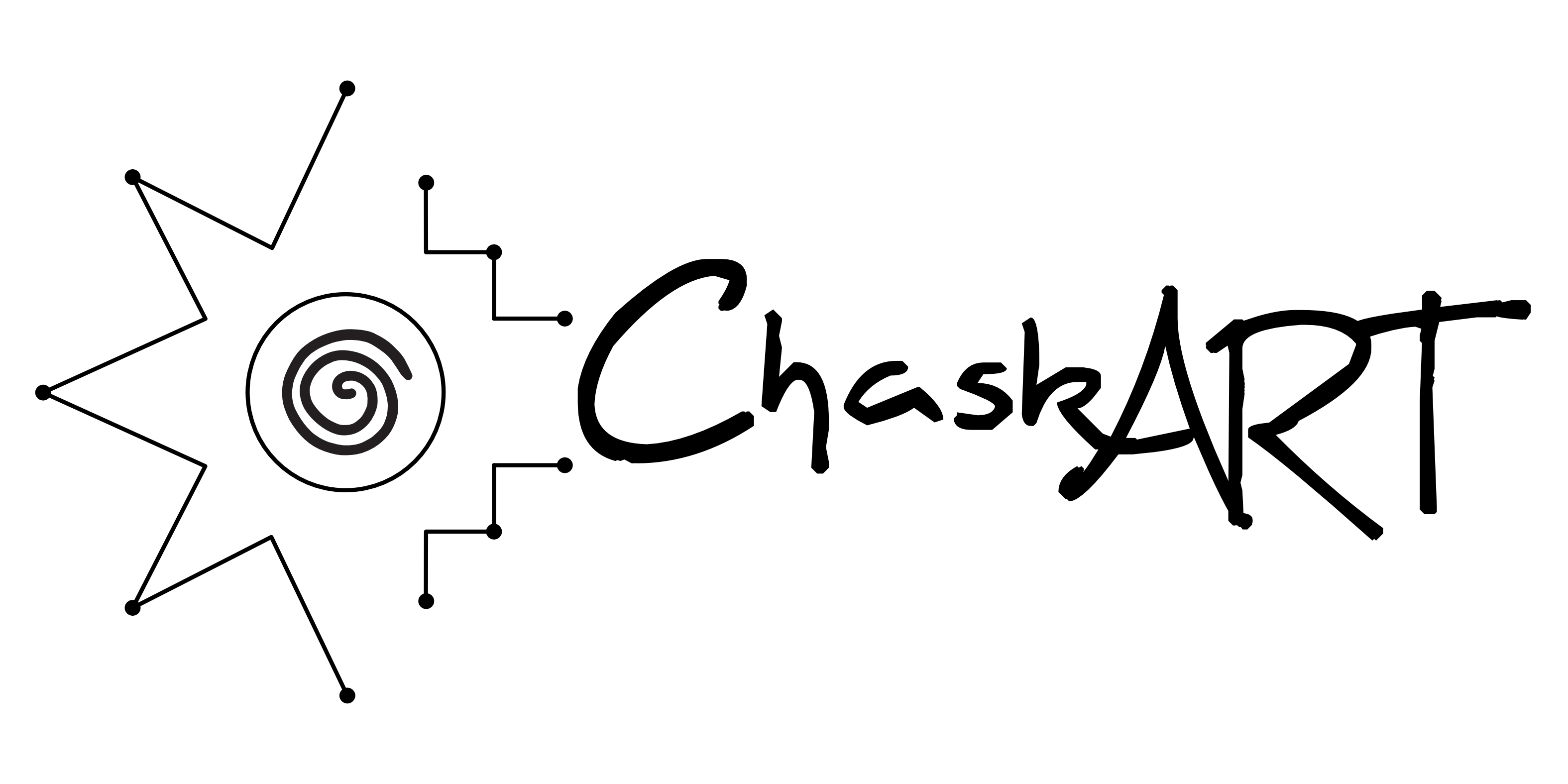

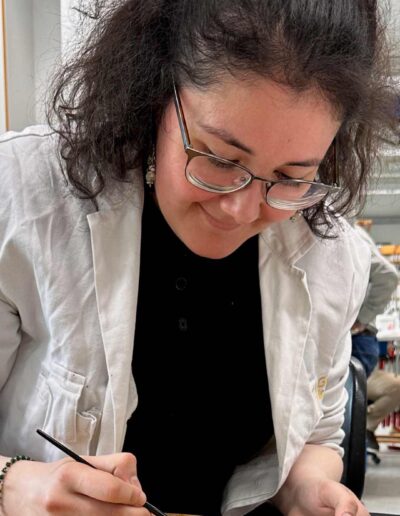
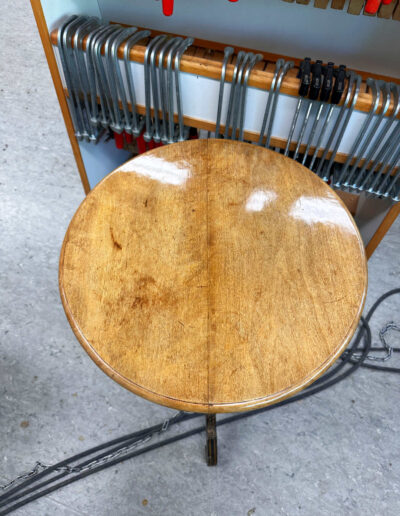
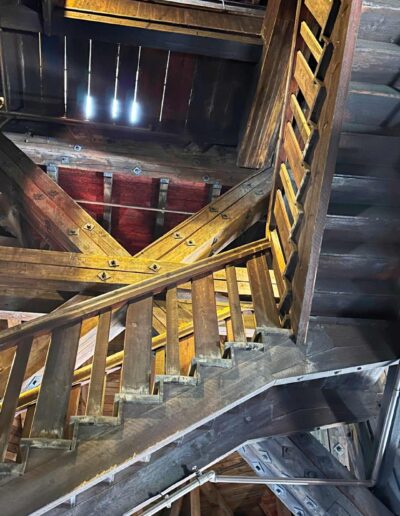

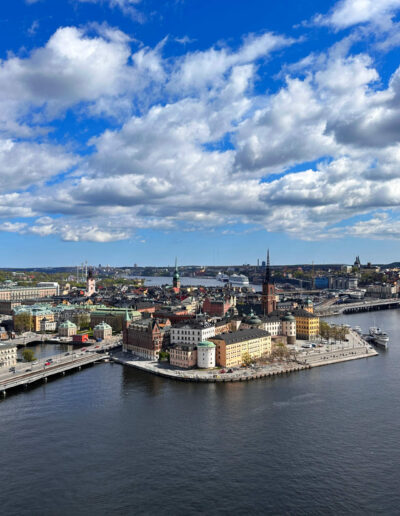
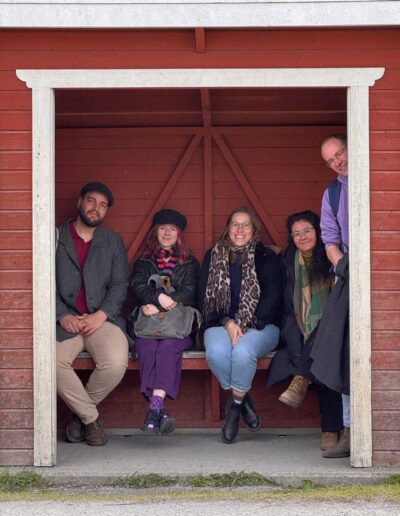
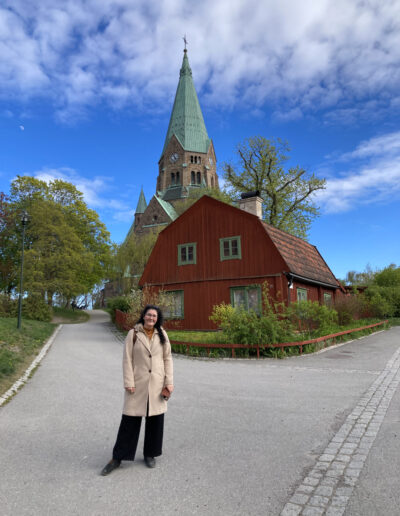
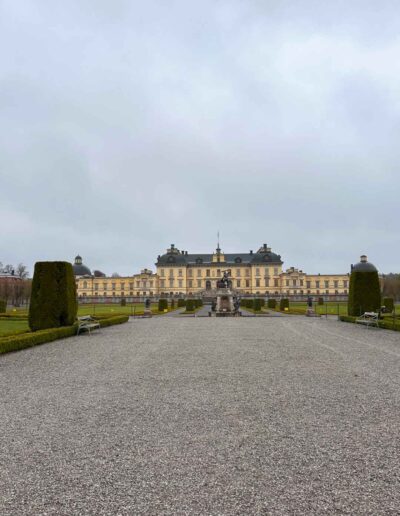
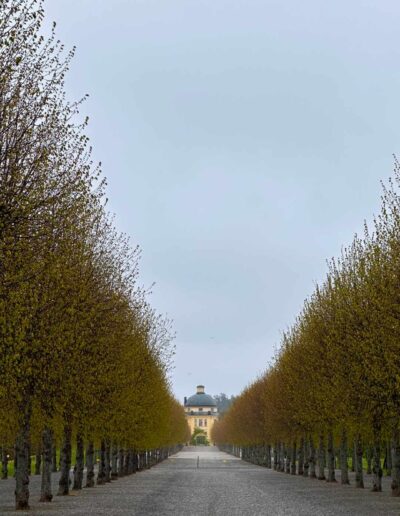
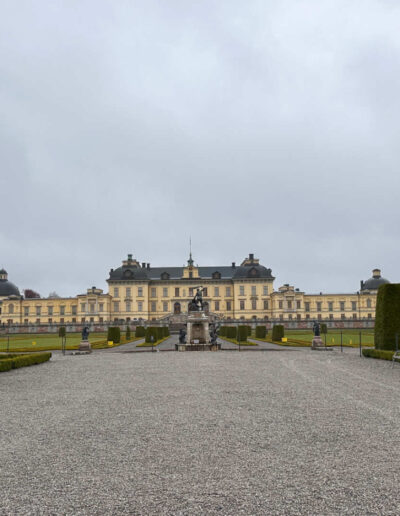
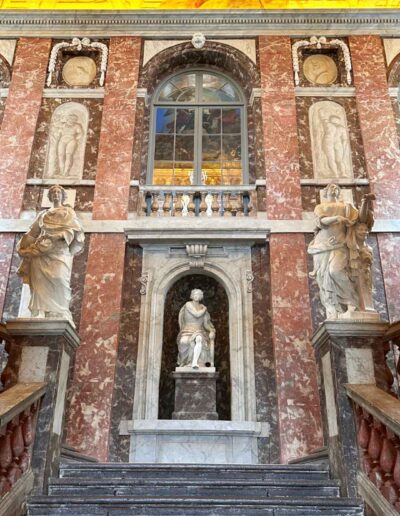
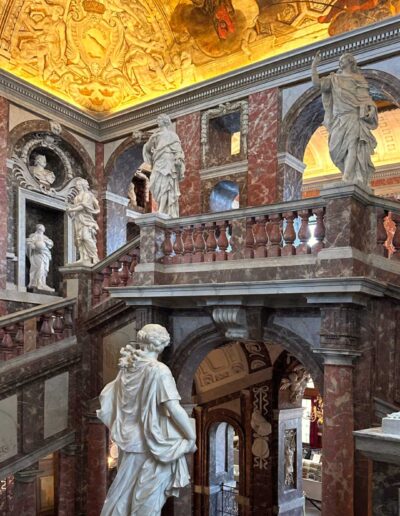
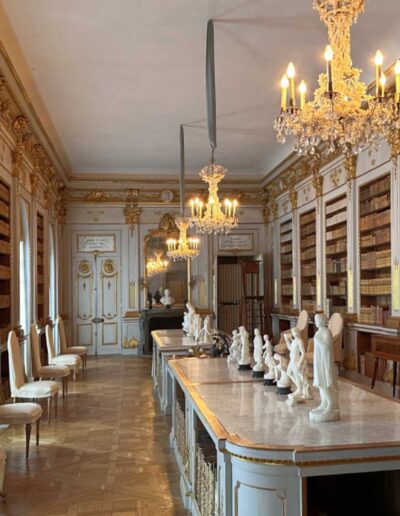
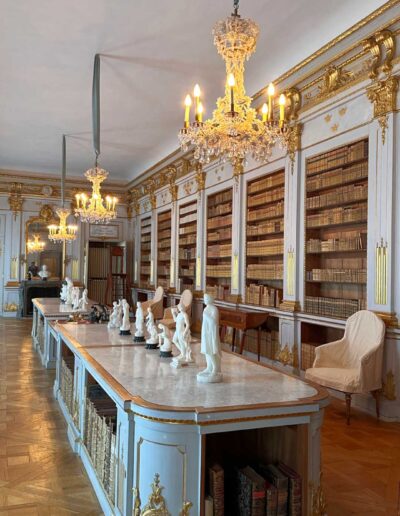
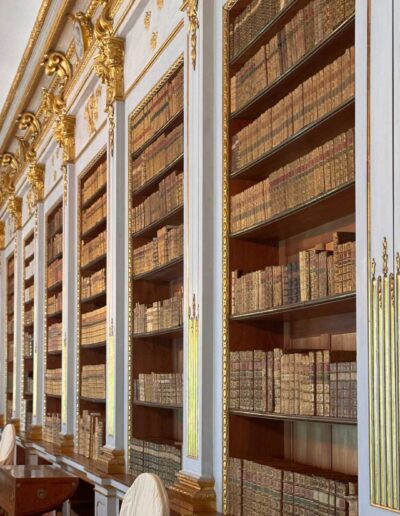
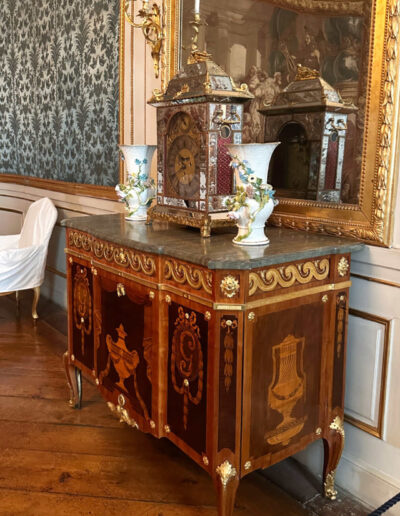
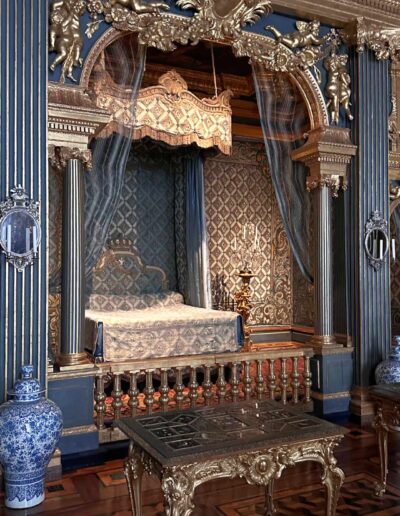
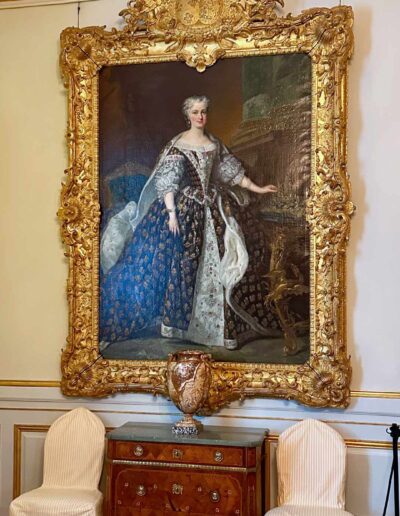
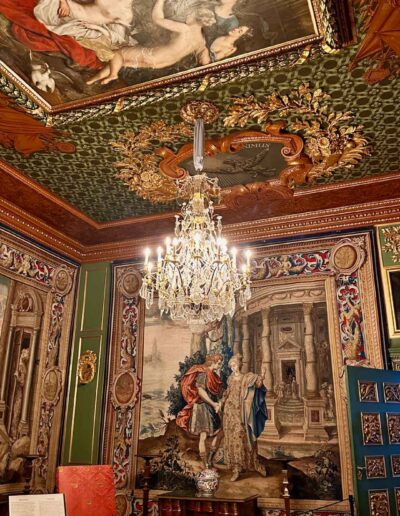
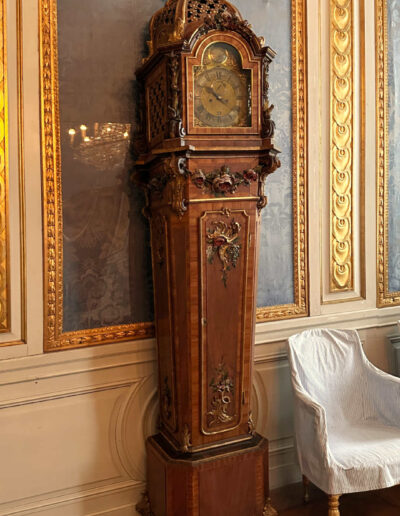
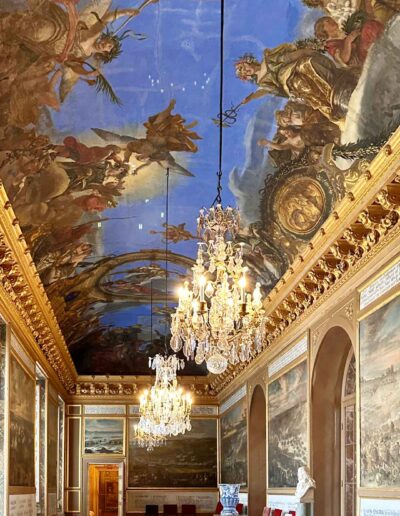
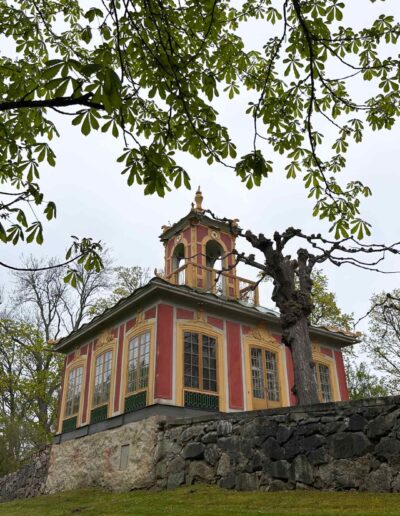
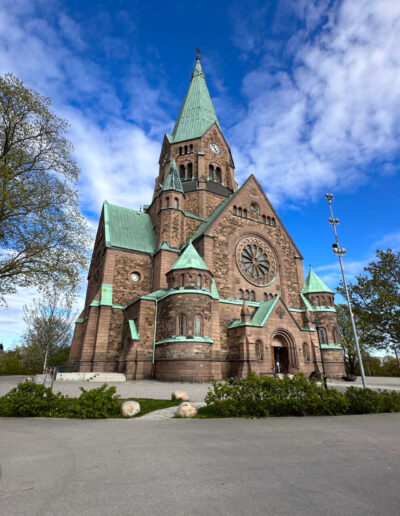
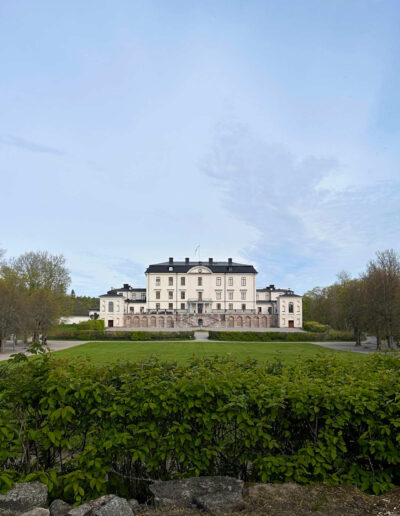
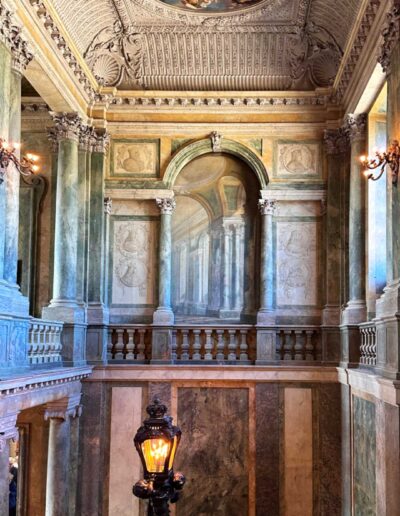
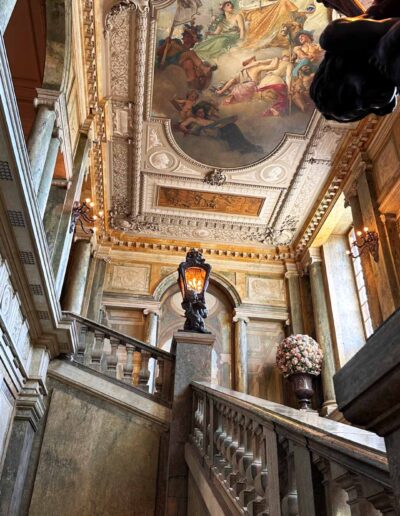
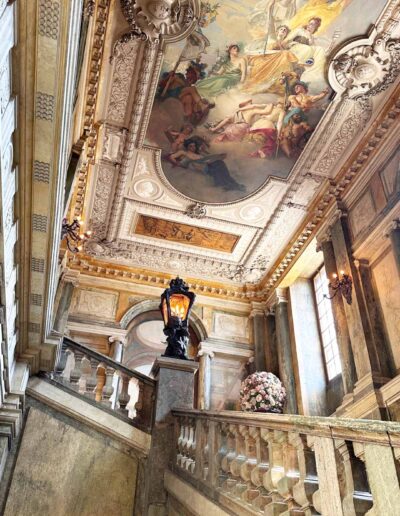
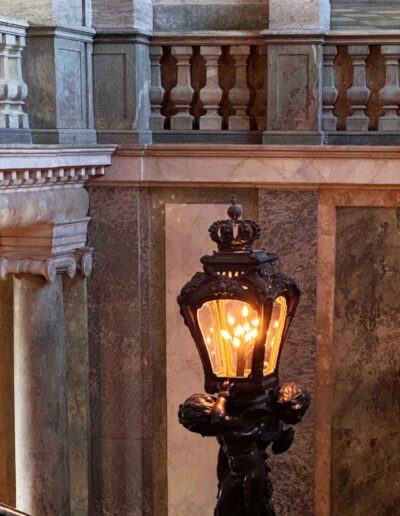
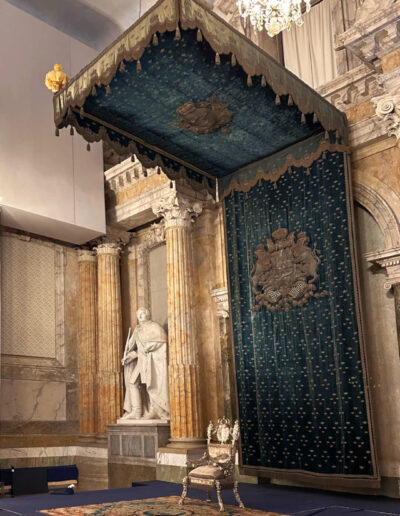
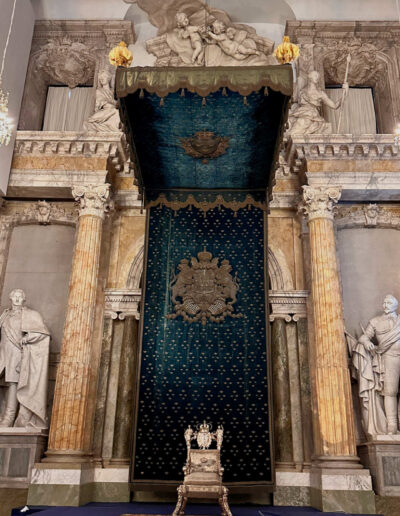
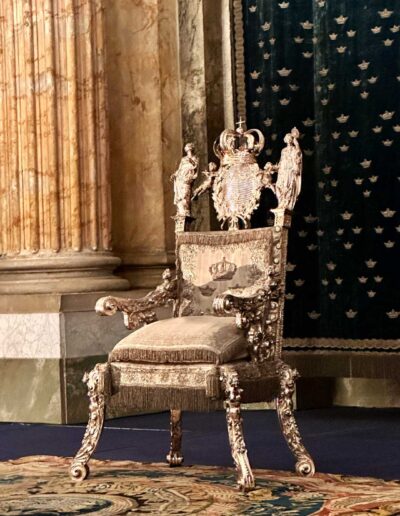
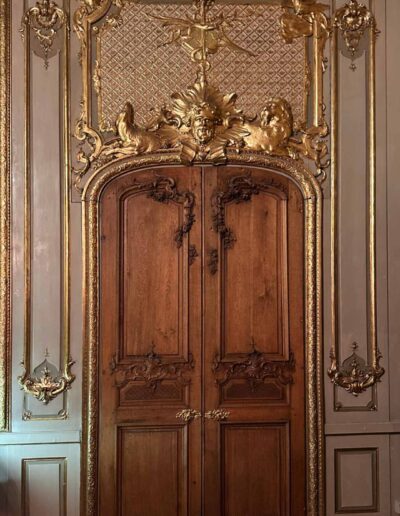
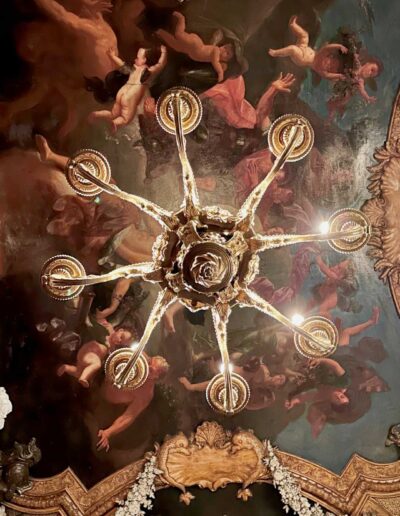
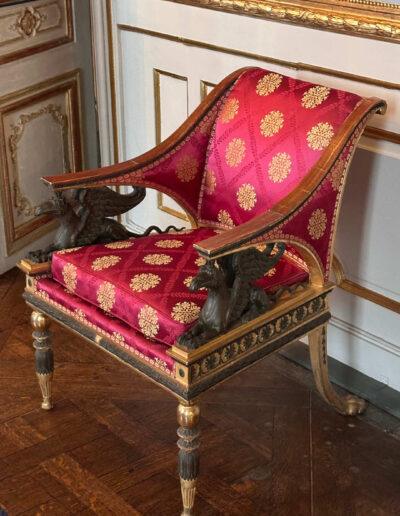
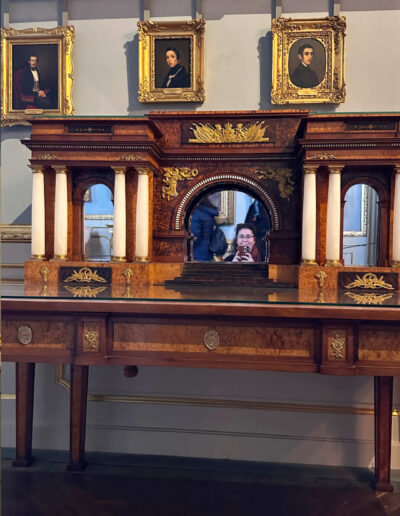
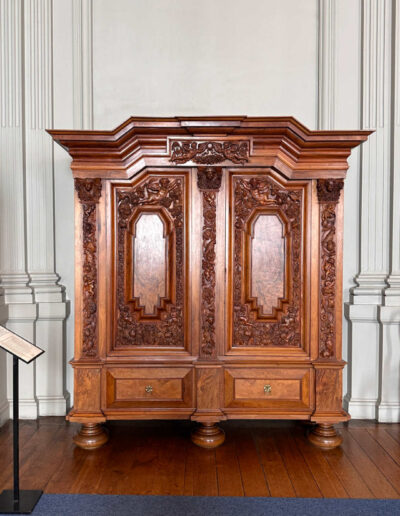
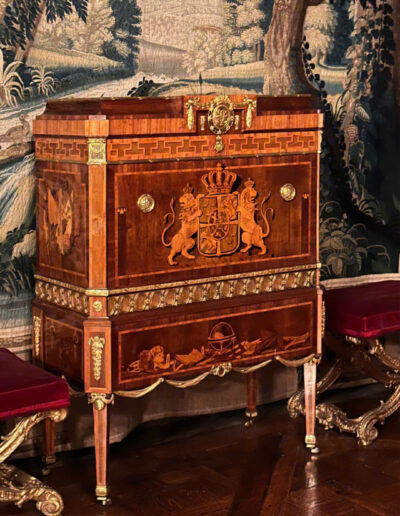
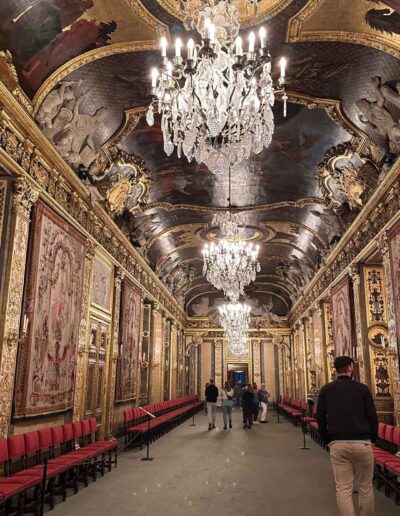
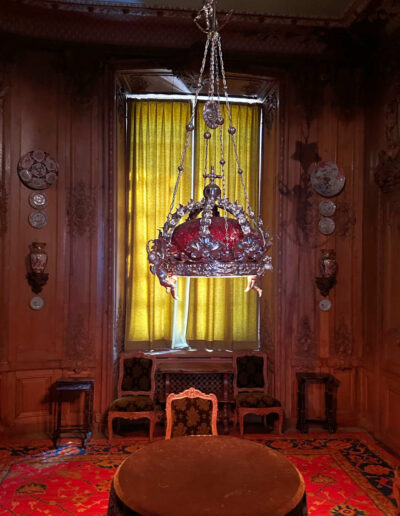
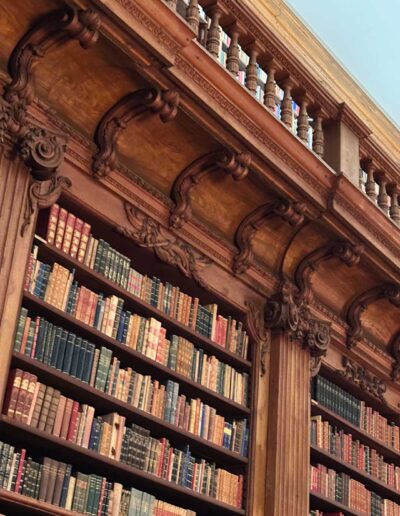
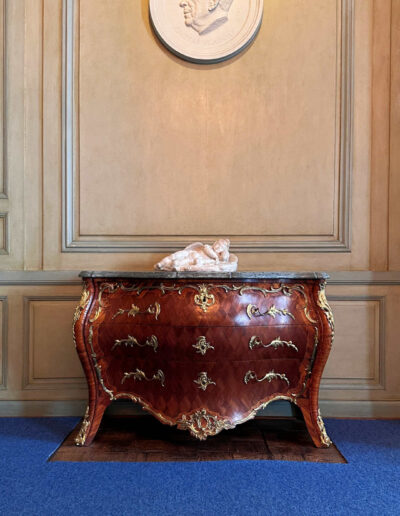
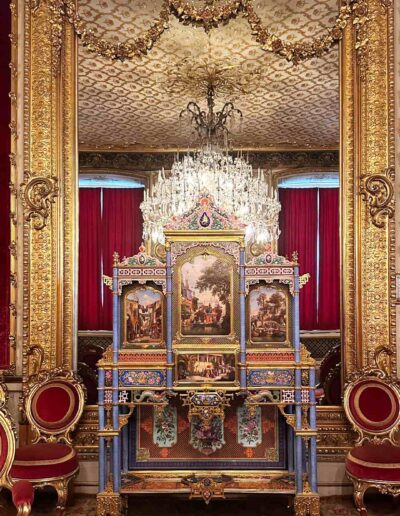
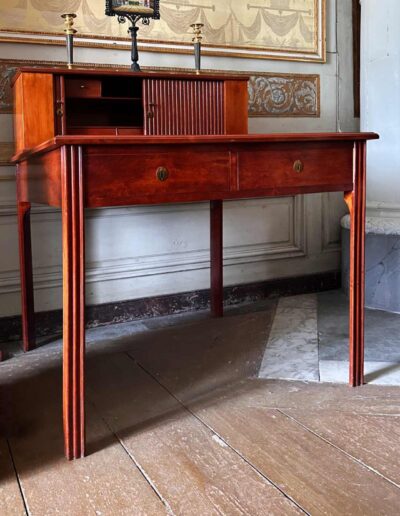
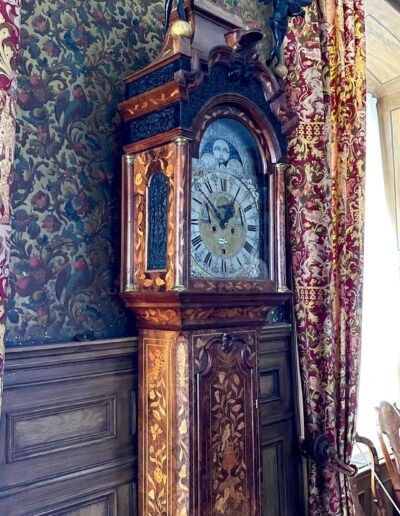
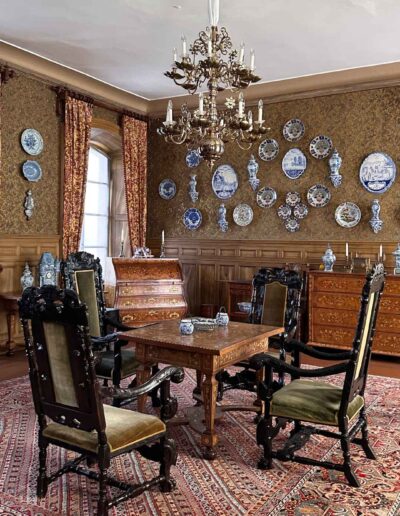
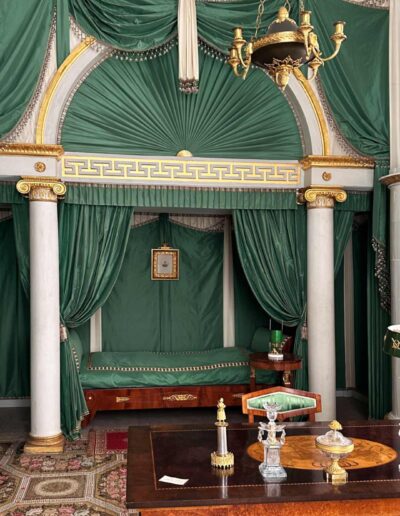
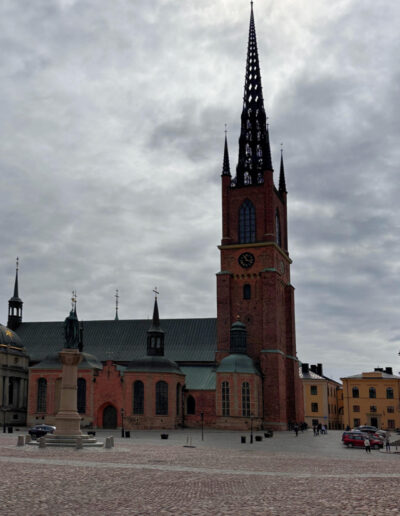
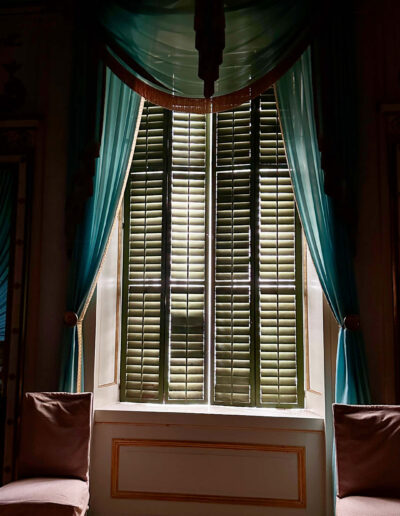
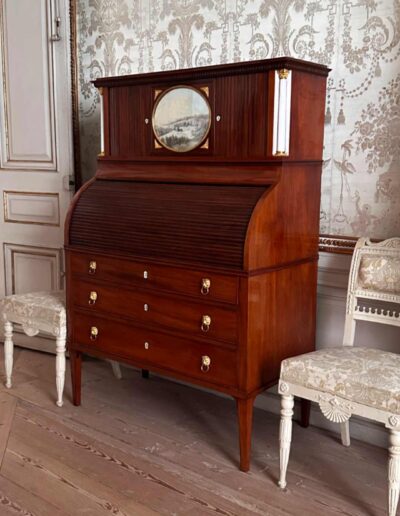
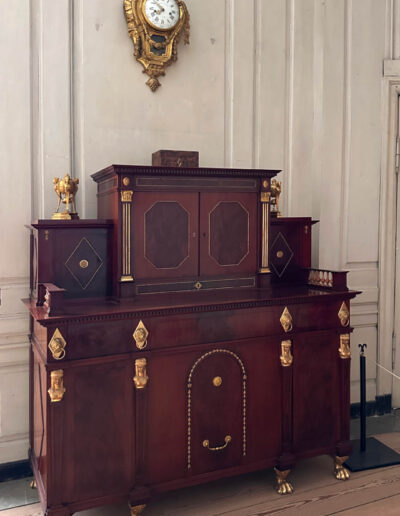
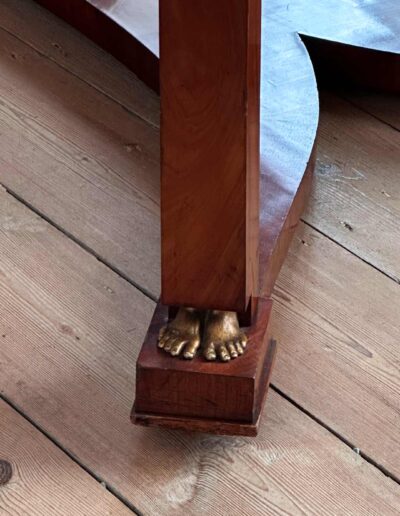


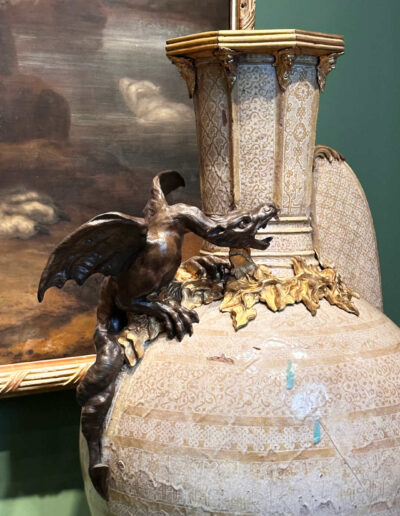
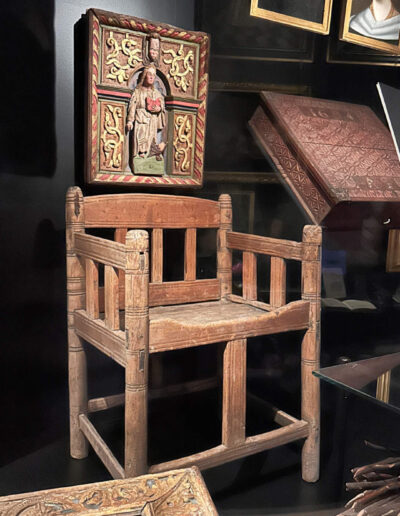
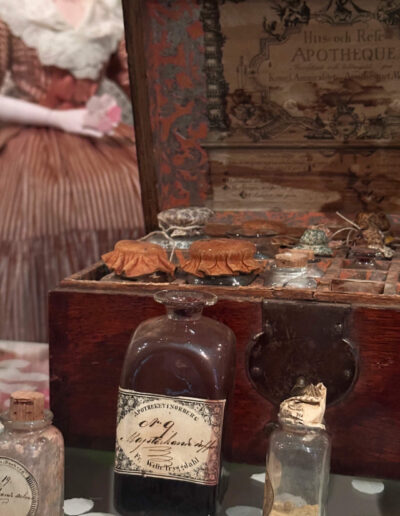
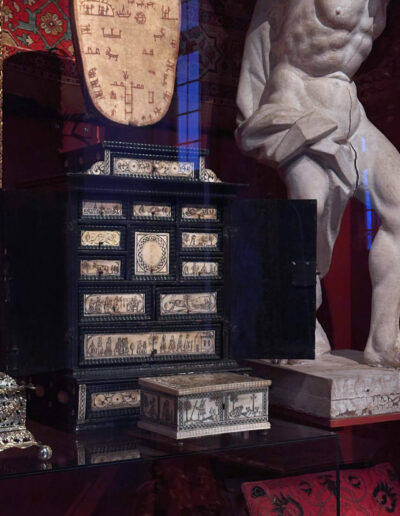


Neueste Kommentare